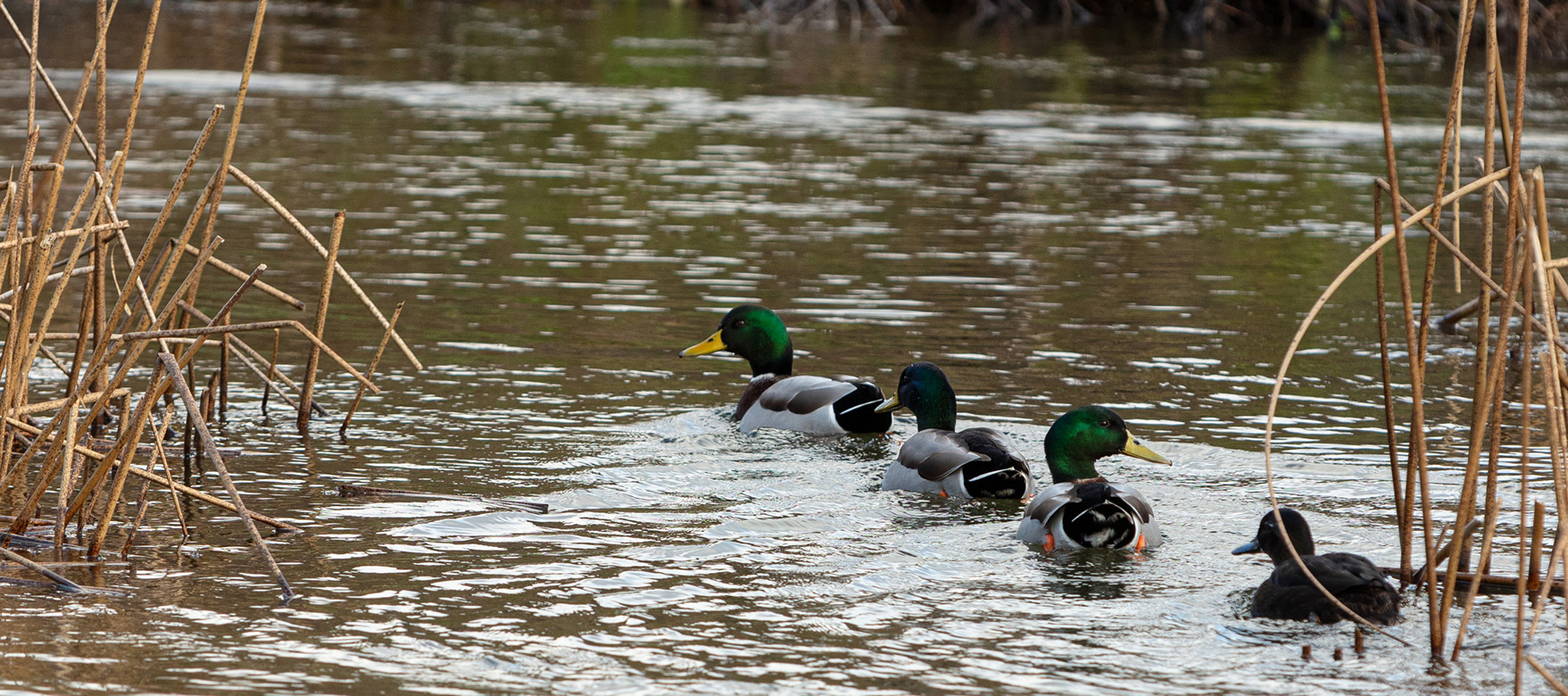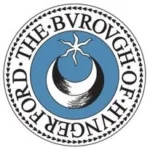A very special place
Freeman’s Marsh covers 72 acres of wildlife habitat
and straddles the River Dun, and the Kennet and Avon canal to the west of Hungerford. The Marsh is home to a wide variety of wild birds, plants and animals – some of which are rare in southern England. It is also a place enjoyed by many people who live in Hungerford, and by visitors from further afield.
However, some of the wildlife species associated with the Marsh, such as water voles and ground-nesting birds, have declined over recent years.
Freeman’s Marsh is owned by the Town and Manor of Hungerford. With help from Natural England, the Trustees have developed a plan for restoring wildlife and securing the future of the Marsh for people to enjoy.
While we appreciate that it’s lovely to be able to walk these untouched stretches of land, to help preserve the delicate environmental balance, please could you follow the clearly marked pathways
Since the original public meeting about the conservation plan
to protect Freeman’s Marsh took place, the Town and Manor of Hungerford in partnership with the local community in Hungerford, Natural England, and the Environment Agency have been implementing a 10 year plan to safeguard the many wild plants, birds and animals, some of them rare.
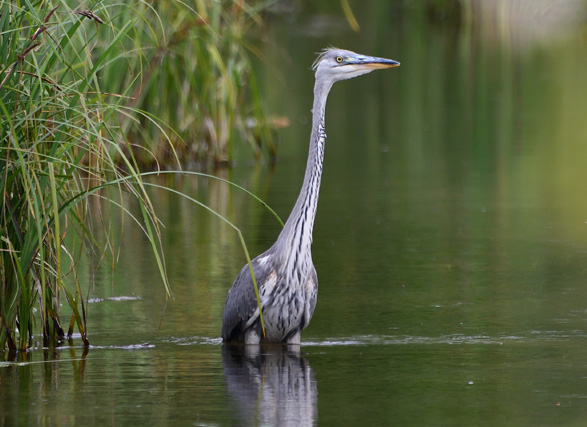
Photography by Darren Prestoe
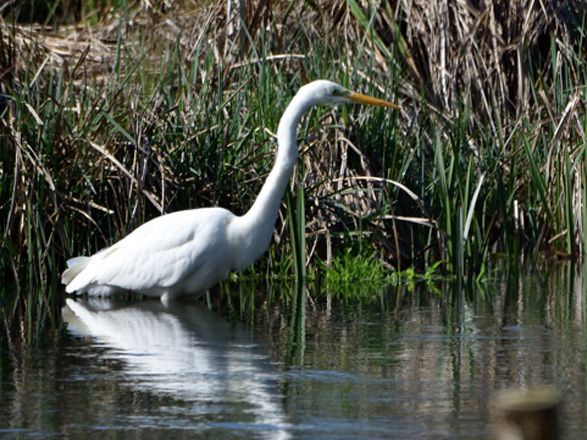
Photography by Darren Prestoe
The second phase
Capital works started in 2009
New stock fencing replaced barbed wire around the Spinney upstream of the Middle Hatches on the River Dun. Also, a stretch of stock fencing has now been installed from Hopgrass Farm downstream to the Ash Pool. This work has excluded the cattle from the majority of the river, and in line with the Environment Agency efforts and regulations, to retain the quality of the chalk streams in the Kennet and Dun Valleys.
Freeman’s Marsh permanent pasture marshland and bog relies on cattle grazing to maintain the ancient plant and wildlife habitats, at the same time poaching and treading of the rivers by cattle has led to serious river bank erosion and silting downstream.
River work
Allowing the verges to grow up
which will stabilise the banks and shelter the water, giving a haven for fly life and other aquatic animals that are so essential to the well being of the rivers.
The new management policy for the rivers and fishing in Freeman’s Marsh is to add wildlife facility wherever possible. For instance, the river bank restoration should add protection for the Water Voles, the protection of the fly life will allow better populations of Brown Trout and Grayling, and the installation of bird boxes will encourage more successful fledging of small birds and owls.
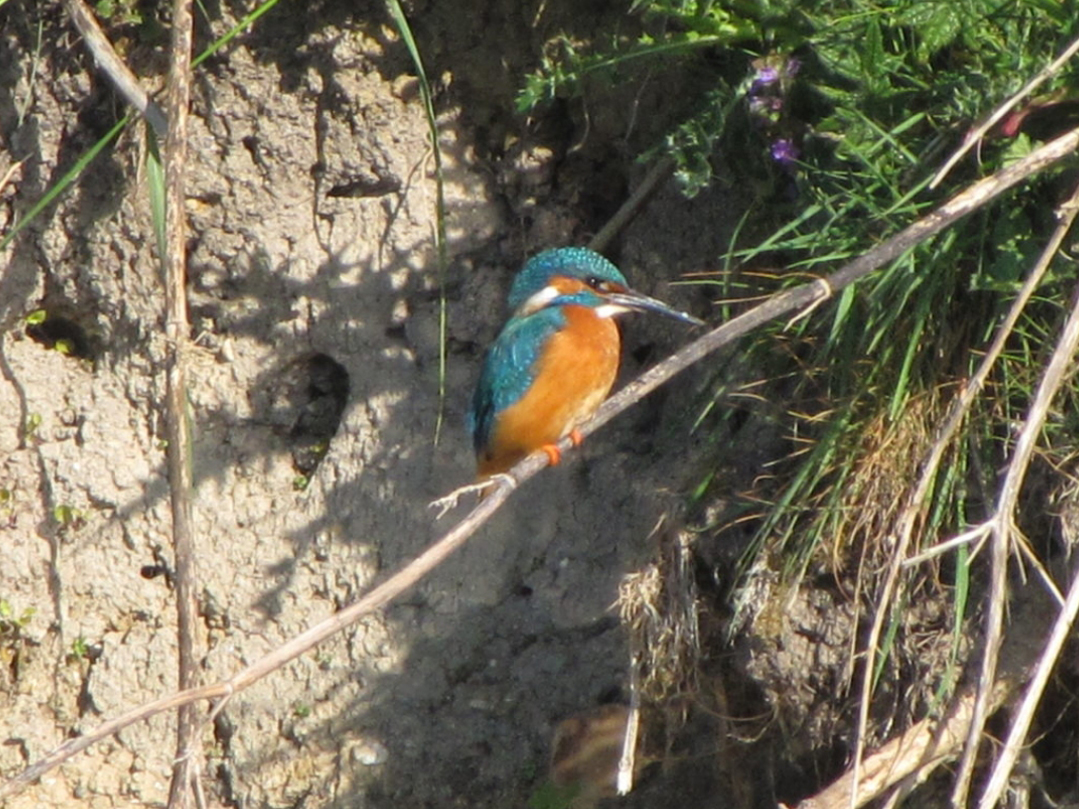
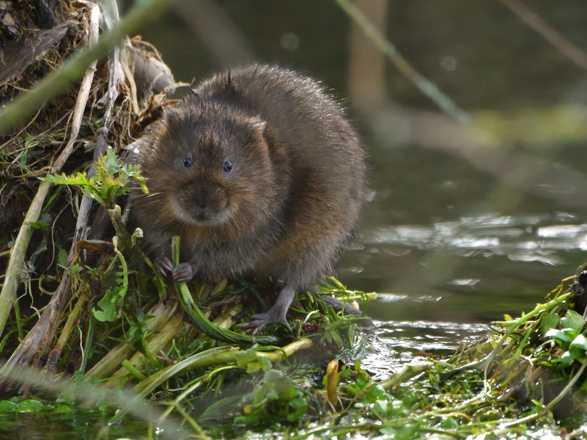
Photography by Darren Prestoe
The history of
Freeman’s Marsh
There are about 90 acres of permanent pasture, marsh and bog which are grazed annually by 40 to 50 store cattle to ensure that the SSSI pasture is maintained. The River Dun, a globally rare chalk stream, flows west to east though the site. To the east of Freeman’s Marsh are three meadows known in recent times as Hungerford Marsh where the Shalbourne Brook joins the Dun flowing eastwards towards the town, emerging at the War Memorial in Bridge Street.

